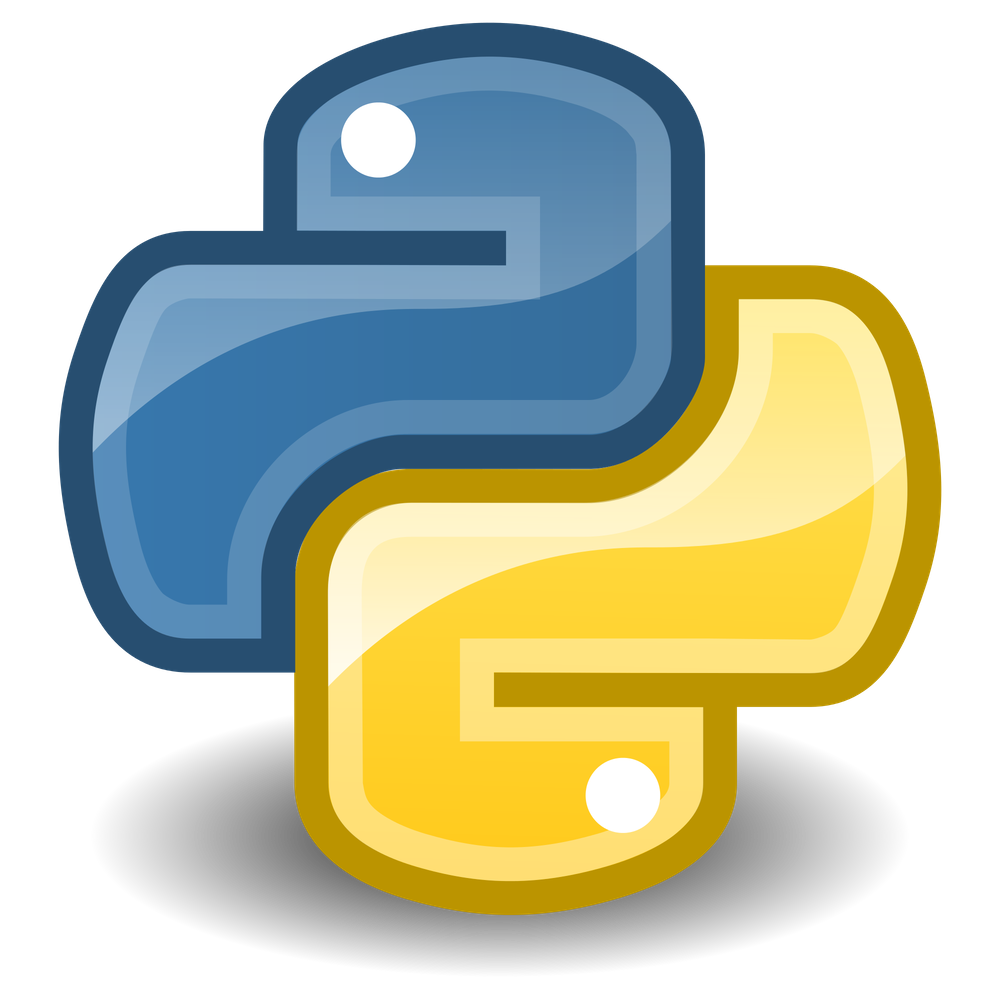🧠 Top 5 Programming Languages to Learn in 2025: A Detailed Comparison
The tech landscape is evolving faster than ever. With advancements in AI, web 3.0, cloud computing, and mobile tech, the demand for skilled developers continues to rise. But which programming languages are worth learning in 2025?
Let’s compare the top 5 programming languages dominating the industry and break down where each one shines.
1️⃣ Python – The All-Rounder
📌 Best for: Beginners, AI/ML, automation, data science, backend development
🌟 Why It’s Popular:
Python remains the king in 2025 thanks to its clean syntax, huge community, and wide adoption across industries.
From writing simple scripts to building deep learning models, Python is the go-to language for:
-
Data Science (Pandas, NumPy)
-
Machine Learning (Scikit-learn, TensorFlow)
-
Automation (Selenium, PyAutoGUI)
-
Backend web apps (Django, Flask)
⚙️ Real-World Use Cases:
-
Netflix uses it for recommendations.
-
Google’s early prototypes were Python-based.
-
NASA uses Python for analysis.
✅ Pros:
-
Easy to learn
-
Massive library ecosystem
-
Active community support
❌ Cons:
-
Slower execution speed
-
Not ideal for mobile or performance-heavy games
2️⃣ JavaScript – The Language of the Web
📌 Best for: Full-stack developers, frontend engineers, UI/UX-rich apps
🌟 Why It’s Popular:
JavaScript powers the web. Whether you’re building interactive web apps or dynamic user interfaces, JavaScript is essential.
With Node.js, it expanded to backend development, creating full-stack JavaScript applications.
Popular frameworks:
-
Frontend: React, Angular, Vue
-
Backend: Express.js, NestJS
⚙️ Real-World Use Cases:
-
Facebook’s UI is built with React (JavaScript-based)
-
Netflix uses Node.js for high performance
-
Many eCommerce stores and dashboards are built using JS frameworks
✅ Pros:
-
Works in all browsers
-
Massive ecosystem
-
Frontend + backend with one language
❌ Cons:
-
Dynamic typing can lead to runtime bugs
-
Asynchronous programming can be complex for beginners
3️⃣ Go (Golang) – The Cloud Native Hero
📌 Best for: Cloud apps, microservices, DevOps, system tools
🌟 Why It’s Popular:
Created by Google, Go is simple yet powerful. It compiles fast, is statically typed, and is designed for performance at scale.
Go has become the language of choice for Kubernetes, Docker, and many DevOps tools.
⚙️ Real-World Use Cases:
-
Docker and Kubernetes are written in Go
-
Uber and Dropbox use Go for backend performance
-
Developers use it for APIs, command-line tools, and real-time services
✅ Pros:
-
Super fast performance
-
Easy concurrency (goroutines)
-
Cross-platform binary output
❌ Cons:
-
No generics (until recently)
-
Limited GUI and desktop support
4️⃣ Rust – The Memory-Safe Beast
📌 Best for: Systems programming, embedded development, blockchain, game engines
🌟 Why It’s Popular:
Rust gives you C++-level performance without memory leaks. It’s safe, modern, and reliable.
Its strict compiler checks force developers to write clean, bug-free code, making it ideal for critical applications.
⚙️ Real-World Use Cases:
-
Firefox and Chrome use Rust in security-critical areas
-
Used in operating systems like Redox OS
-
Microsoft uses it to write safe system components
✅ Pros:
-
No null or dangling pointers
-
Memory-safe
-
Great performance
❌ Cons:
-
Steeper learning curve
-
Slower compile times
5️⃣ Java – The Veteran That Won’t Die
📌 Best for: Android apps, enterprise software, backend APIs
🌟 Why It’s Popular:
Java has been around for 25+ years and remains rock-solid for enterprise systems, Android development, and large backend apps.
With new features (like records, lambdas, and virtual threads), Java is keeping pace with modern demands.
⚙️ Real-World Use Cases:
-
Banking systems
-
Android apps (via Kotlin too)
-
Enterprise CRMs, ERPs, APIs
✅ Pros:
-
Cross-platform (Write Once, Run Anywhere)
-
Huge library support
-
Backward compatibility
❌ Cons:
-
Verbose syntax
-
Slower than Go/Rust for system-level tasks
📊 Comparison Table
| Language | Ease of Learning | Performance | Best For | Ecosystem |
|---|---|---|---|---|
| Python | ⭐⭐⭐⭐⭐ | ⭐⭐ | AI, Data, Automation | Huge |
| JavaScript | ⭐⭐⭐⭐ | ⭐⭐ | Web Frontend & Backend | Huge |
| Go | ⭐⭐⭐ | ⭐⭐⭐⭐ | Cloud, APIs, DevOps | Growing Fast |
| Rust | ⭐⭐ | ⭐⭐⭐⭐⭐ | Systems, Blockchain, Tools | Growing Steadily |
| Java | ⭐⭐⭐ | ⭐⭐⭐ | Android, Enterprise Backend | Massive |
🧭 Which One Should You Learn?
➤ Are you a beginner?
✅ Start with Python
It teaches fundamentals while letting you build real-world projects quickly.
➤ Want to build web apps?
✅ Learn JavaScript, and optionally add TypeScript
➤ Targeting backend & APIs or DevOps?
✅ Go with Go
➤ Passionate about systems programming or blockchain?
✅ Rust is your go-to
➤ Going for enterprise jobs or Android development?
✅ Java (or Kotlin for Android)
💻 Where to Learn These?
🎯 Final Thoughts
There is no single “best language” — it all depends on what you want to build. In 2025, it’s wise to master one versatile language deeply and then expand to others based on project or career needs.
Choose a language not just for its hype but for what it helps you create.




/Java_(programming_language)-Logo.wine.png)
Comments
Post a Comment